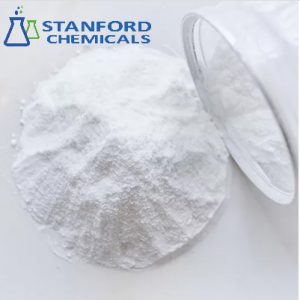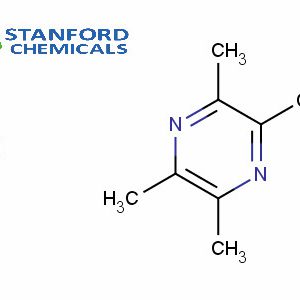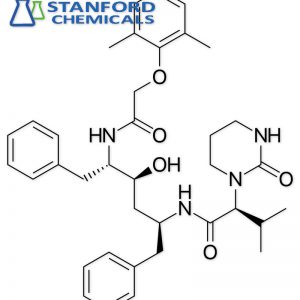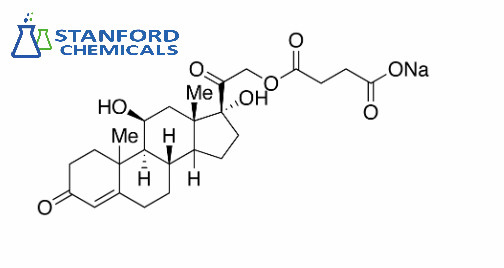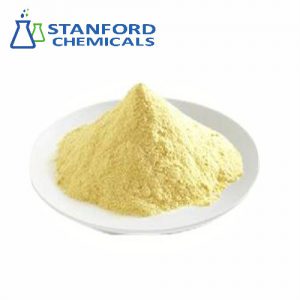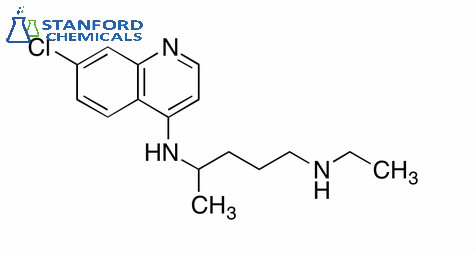- Home
- Pharmaceuticals
- (Discontinued) 040-000-288 Chloroquine Diphosphate, CAS 50-63-5
(Discontinued) 040-000-288 Chloroquine Diphosphate, CAS 50-63-5
Discontinued
| Synonyms | N4-(7-Chloro-4-quinolinyl)-N1,N1-dimethyl-1,4-pentanediamine diphosphate salt, N4-(7-chloroquinolin-4-yl)-N1,N1-diethylpentane-1,4-diamine diphosphate, chloroquine phosphate, aralen phosphate, chingamin phosphate, chloroquine bis phosphate |
| Key words | COVID-19, SARS-CoV-2, Chloroquine diphosphate, Chloroquine diphosphate supplier, Chloroquine, diphosphate, antimalarial, antitumor, antimetastatic, autophagy, apoptosis, coronaviruses |
| Related products | Artemisinin, Piperaquine, Acrichin Dihydrochloride |
Stanford Chemicals Company is the best Chloroquine diphosphate supplier in USA. The bulk Chloroquine diphosphate is ready for sale.
- Description
Description
Chloroquine Diphosphate Specifications
| Product Name | Chloroquine Diphosphate |
| CAS Registry Number | 50-63-5 |
| Molecular Formula | C18H26ClN3 · 2H3PO4 |
| Molecular Weight | 515.86 g/mol |
| Purity | >99.0 % |
| Appearance | White powder |
| Shelf life | 2 years |
| Functions | Anti-malaria |
Chloroquine Diphosphate Description
Chloroquine Diphosphate salt is a member of the quinolone family and a lysosomotropic agent (accumulates inside the acidic parts of the cell). This accumulation leads to the inhibition of lysosomal enzymes that require an acidic pH and prevents the fusion of endosomes and lysosomes. Recently, chloroquine phosphate, an antimalarial drug with a history of more than 70 years, has become one of the most potentially effective drugs for the treatment of SARS-CoV-2.
Chloroquine diphosphate is an antimalarial drug. Inhibits cell growth and induces cell death in numerous cancer cell lines.
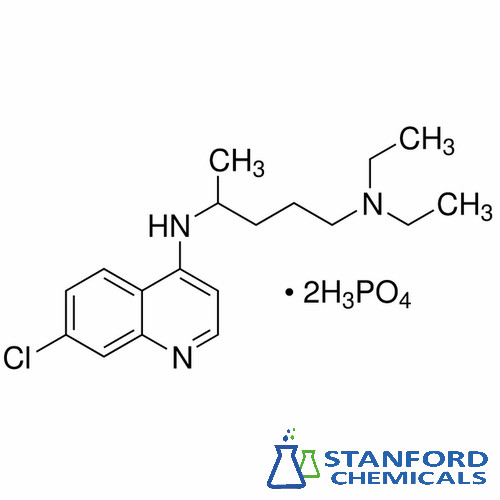
chloroquine diphosphate
Chloroquine Diphosphate Applications
- Used to study the role of endosomal acidification in cellular processes, such as the signaling of intracellular TLRs
- Used as DNA intercalator & to dissociate antigen antibody complexes without denaturing red blood cell antigens.
- Used to increase transfection efficiency
- Potential drug against SARS-COV-2
- In vitro anti-malarial parasite test
Chloroquine diphosphate solubility
| Solvent | Max Conc. mg/mL | Max Conc. mM | |
| Solubility | |||
| water | 51.59 | 100 |
Reference:
- Nespola, Benoît; Betz, Valérie; Brunet, Julie; Gagnard, Jean-Charles; Krummel, Yves; Hansmann, Yves; Hannedouche, Thierry; Christmann, Daniel; Pfaff, Alexander W.; Filisetti, Denis; Pesson, Bernard; Abou-Bacar, Ahmed; Candolfi, Ermanno (2015). “First case of amebic liver abscess 22 years after the first occurrence”. Parasite. 22: 20.
- Blessmann J, Binh HD, Hung DM, Tannich E, Burchard G (November 2003). “Treatment of amoebic liver abscess with metronidazole alone or in combination with ultrasound-guided needle aspiration: a comparative, prospective and randomized study”. Trop. Med. Int. Health.

